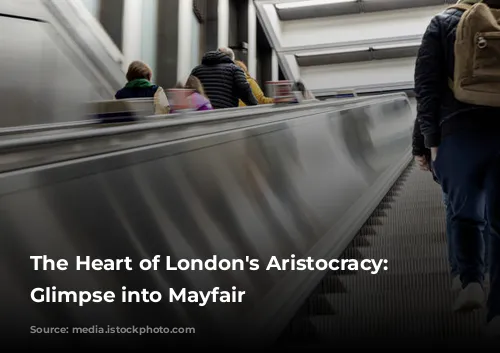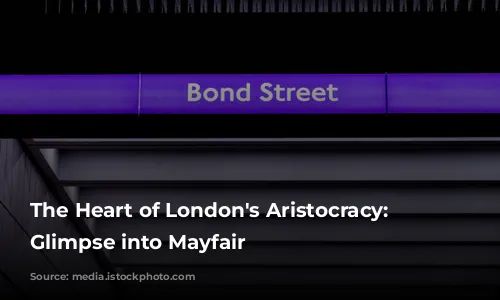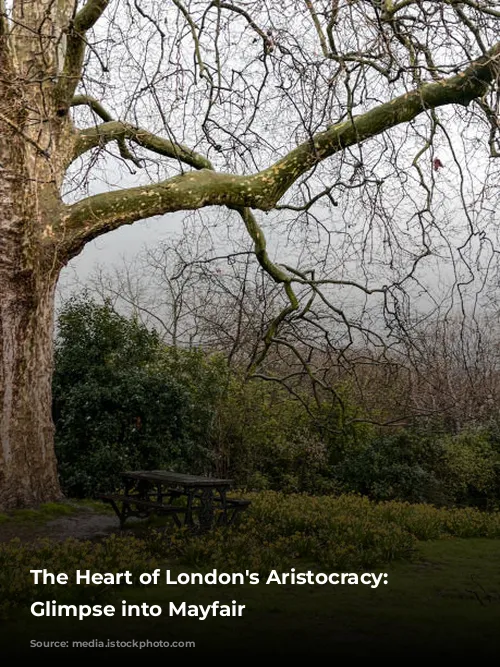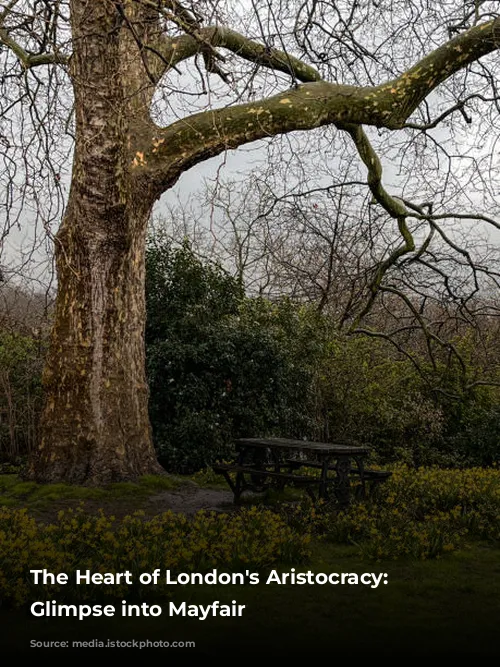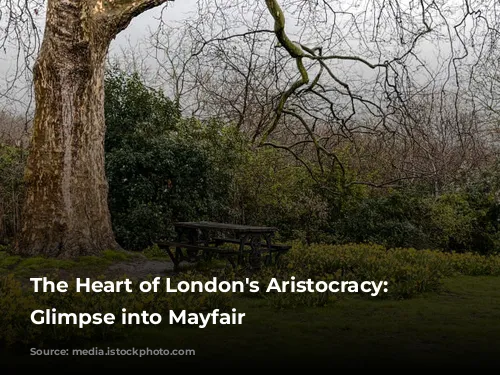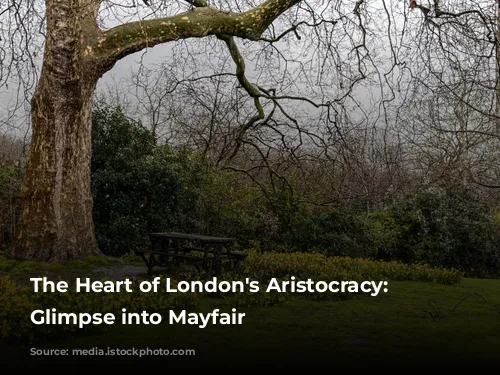Mayfair, a name that conjures images of opulent mansions and refined elegance, was, and to a degree still is, the epitome of London’s high society. Its history is intertwined with the city’s aristocracy, its streets echoing with the footsteps of the rich and famous.
The parishes of Christ Church and St George, Hanover Square, formed the core of Mayfair. While not every resident was affluent, the district was home to many of London’s wealthiest inhabitants, their grand homes a testament to their fortunes. The name Mayfair itself stemmed from a fair held annually during the month of May, until the mid-18th century, on land now occupied by parts of Curzon and Hertford Streets.
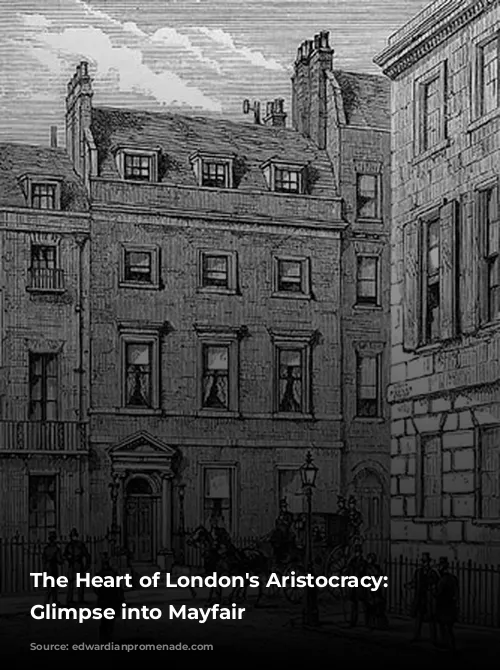
A Haven of Splendor and Tradition
At the heart of Mayfair lay Grosvenor Street, a thoroughfare lined with magnificent homes. The aristocratic square, with its enduring resistance to the intrusion of gas lighting in the early 19th century, still boasts ornate ironwork, a reminder of an era when torches illuminated the night. The oldest homes in the square date back to the early 1700s, many remarkably well-preserved, standing as time capsules of a bygone era.

Famous Addresses and Infamous Tales
Mayfair was a small district, bounded by Piccadilly, Oxford Street, Bond Street, and Park Lane. Yet, within this compact area resided a who’s who of London’s elite. Apsley House at Hyde Park Corner, Gloucester House and Devonshire House along Piccadilly, and Park Lane, with its array of grand houses, including Londonderry House, Dorchester House, Dudley House, and Grosvenor House, formed a constellation of prestige. Berkeley Square, known as the “darkest square in London”, stood adjacent to Lansdowne House.
The Intriguing Tale of Curzon Street
Curzon Street holds a special place in Mayfair’s history. It was here that the infamous Reverend Alexander Keith officiated marriages for thousands of couples each year in his small chapel. Even James, the 4th Duke of Hamilton, and one of the beautiful Miss Gunnings, sought his services. Although Keith’s chapel was demolished in the 20th century, the story of the “marriage machine” remains.
Curzon Street narrowed at its eastern end, forming a passage between the gardens of Devonshire House and Lansdowne House, a footpath leading to Berkeley Street. This passage, closed off by iron bars after a highwayman’s daring escape, is a reminder of Mayfair’s chequered past. Benjamin Disraeli, the renowned statesman and author, breathed his last at No. 19 Curzon Street in 1881.

More Than Just a Name: The People of Mayfair
Fanny Burney, the renowned novelist, resided at No. 12 Bolton Street, while Emma, Lady Hamilton, and the celebrated actor Edmund Kean both called Clarges Street home. Prince Lieven, the Russian Ambassador, and husband of one of Almack’s patronesses, lived at No. 30 Dover Street.
The Heart of London’s Social Life: St. James’s
South of Piccadilly lay St. James’s, a district that, while considered an extension of Mayfair, possessed its own distinct character. It was here that London’s most prestigious clubs gathered, alongside government offices, foreign embassies, St. James’s Palace, and other aristocratic palaces.
White’s, a Tory club, and Brooks’s, its Whiggish counterpart, were prominent fixtures on St. James’s Street. By the 1880s, a diverse array of clubs had emerged, catering to various interests, from politics and literature to the arts, sciences, and sports. The rise of ladies’ clubs marked a significant shift in social life.
A Showcase of Architectural Grandeur
Cleveland Row, situated beside Pall Mall, and Carlton House Terrace, stretching southwards, were the most fashionable addresses until the Second World War. Carlton House Terrace, designed by Nash, replaced Carlton House in the 1830s, and its nine large houses offered unobstructed views of the park.
Lord Palmerston, Gladstone, and Lord Curzon, prominent figures in British history, all resided in Carlton House Terrace, while Nos. 8 and 9 housed the German Embassy.
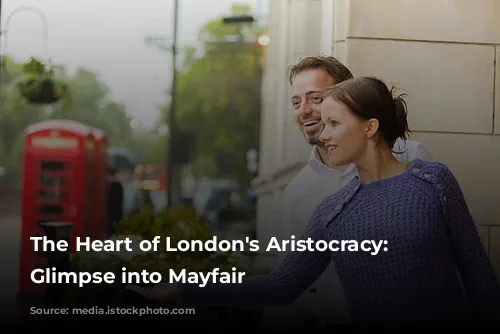
Stafford House: A Palace of Luxury
Bridgewater House, located in Cleveland Row, stood on the former site of Cleveland House, once the home of Charles II’s mistress, Barbara Villiers. Stafford House, or Sutherland House, the magnificent residence of the Dukes of Sutherland, was so grand that Queen Victoria exclaimed on a visit, “I have come from my House to your Palace”. The grand staircase at Stafford House was immortalized in Edwardian memoirs, a symbol of opulence and elegance.

The Power of Place: Mayfair’s Exclusivity
Mayfair was London’s most aristocratic neighborhood, the heart of Society. While society (with a small ‘s’) could be found in Kensington and Bayswater, with their spacious mansions and luxurious amenities, Mayfair held a unique allure. Mayfair was the key to entry into the most exclusive circles, a privilege few, if any, could achieve without being born into it.
